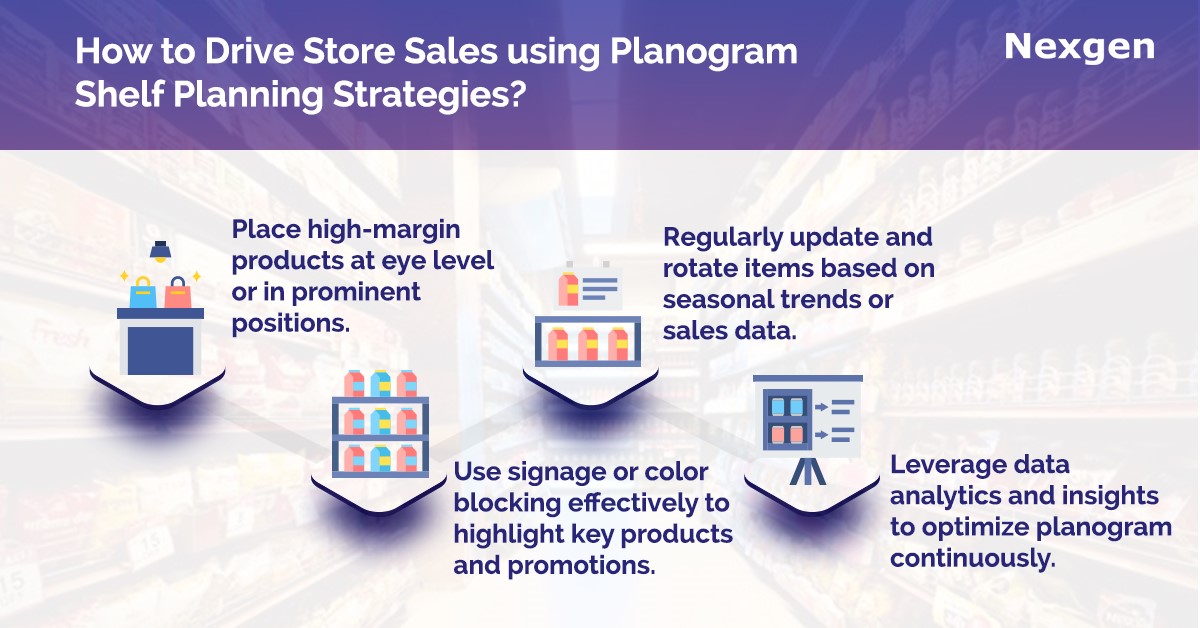Planogramming, the art and science of arranging products on retail shelves to optimize sales and customer experience, has undergone a remarkable transformation over the years. What once began as ordinary sketches and manual adjustments has now evolved into sophisticated software solutions powered by advanced algorithms and data analytics. This evolution has not only revolutionized the way retailers manage their shelves but has also significantly enhanced their ability to drive sales and improve customer satisfaction.
The Early Days: Hand-drawn Sketches and Manual Labor
In the early days of retail merchandising, planogramming was a manual and time-consuming process. Store managers and merchandisers would rely on hand-drawn sketches or basic diagrams to plan the layout of products on shelves. These sketches were often based on intuition, historical sales data, and insights gathered through observation of customer behavior.
Once a planogram was devised, implementing it involved a labor-intensive process. Store staff would manually rearrange products on shelves according to the planogram, often requiring trial and error to achieve the desired layout. This process was not only inefficient but also prone to errors and inconsistencies across different store locations.
The Rise of Computer-Aided Planogramming
With the advent of computers and software technology, the landscape of shelf planning software began to change. The emergence of specialized software tools designed for planogramming provided retailers with a more efficient and precise way to manage their shelves. Computer-aided planogramming software allowed retailers to create digital representations of store layouts and product placements. These software solutions offered features such as drag-and-drop functionality, shelf space optimization algorithms, and real-time analytics, enabling retailers to design and implement planograms with greater speed and accuracy.

1. Data-driven insights and optimization.
One of the most significant advancements in planogramming has been the integration of data-driven insights and optimization algorithms into software solutions. Modern planogramming software leverages vast amounts of data, including sales data, inventory levels, customer demographics, and market trends, to generate optimized shelf layouts tailored to each store's specific needs.
Advanced algorithms analyze this data to identify patterns, trends, and correlations that can inform decisions about product placement, assortment, and pricing. By harnessing the power of machine learning and artificial intelligence, retailers can continuously refine and improve their planograms to maximize sales and profitability.
2. The future of planogramming: AI and predictive analytics.
As technology continues to advance, the future of planogramming promises even greater innovation and efficiency. Artificial intelligence and predictive analytics are used to play a significant role in shaping the next generation of planogramming solutions.
AI-driven planogramming algorithms will become increasingly adept at predicting consumer behavior, identifying emerging trends, and optimizing shelf layouts in real-time. These algorithms will consider factors such as weather patterns, seasonal variations, and even social media trends to dynamically adjust planograms and maximize sales opportunities. Furthermore, the integration of augmented reality (AR) and computer vision technology holds the potential to revolutionize the way planograms are implemented and monitored in-store. With AR-enabled devices, store staff can visualize and interact with virtual planograms overlaid onto physical shelves, streamlining the implementation process, and ensuring greater accuracy and consistency across store locations.
Overview of Nexgen POG
Nexgen POG is a robust and user-friendly cloud-based visual merchandising tool. It is designed for quick and efficient planogramming with minimal effort. Planogram in retail can be designed by easily dragging and dropping the products. The multi-device compatibility feature of POG allows you to obtain, share and edit planogram on any device, including your phone. It helps in designing store-specific planograms for increased product visibility and sales.
Get Your Free Trial Now!